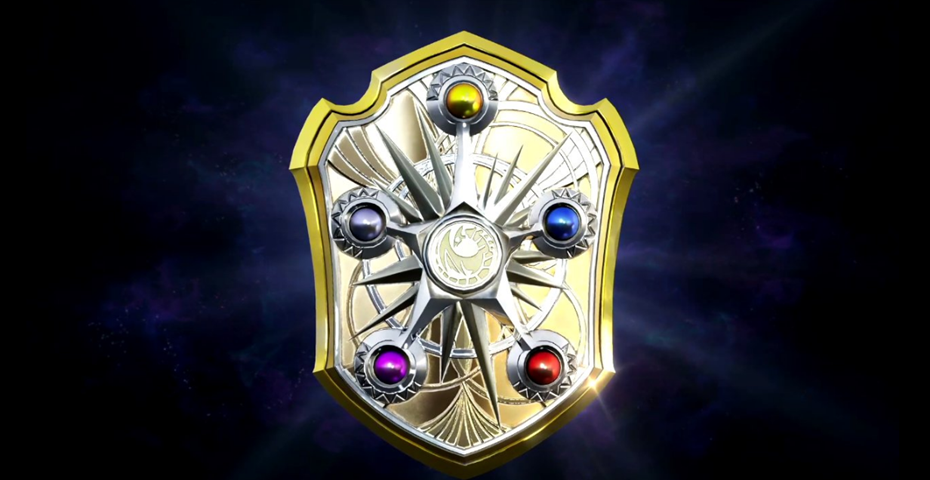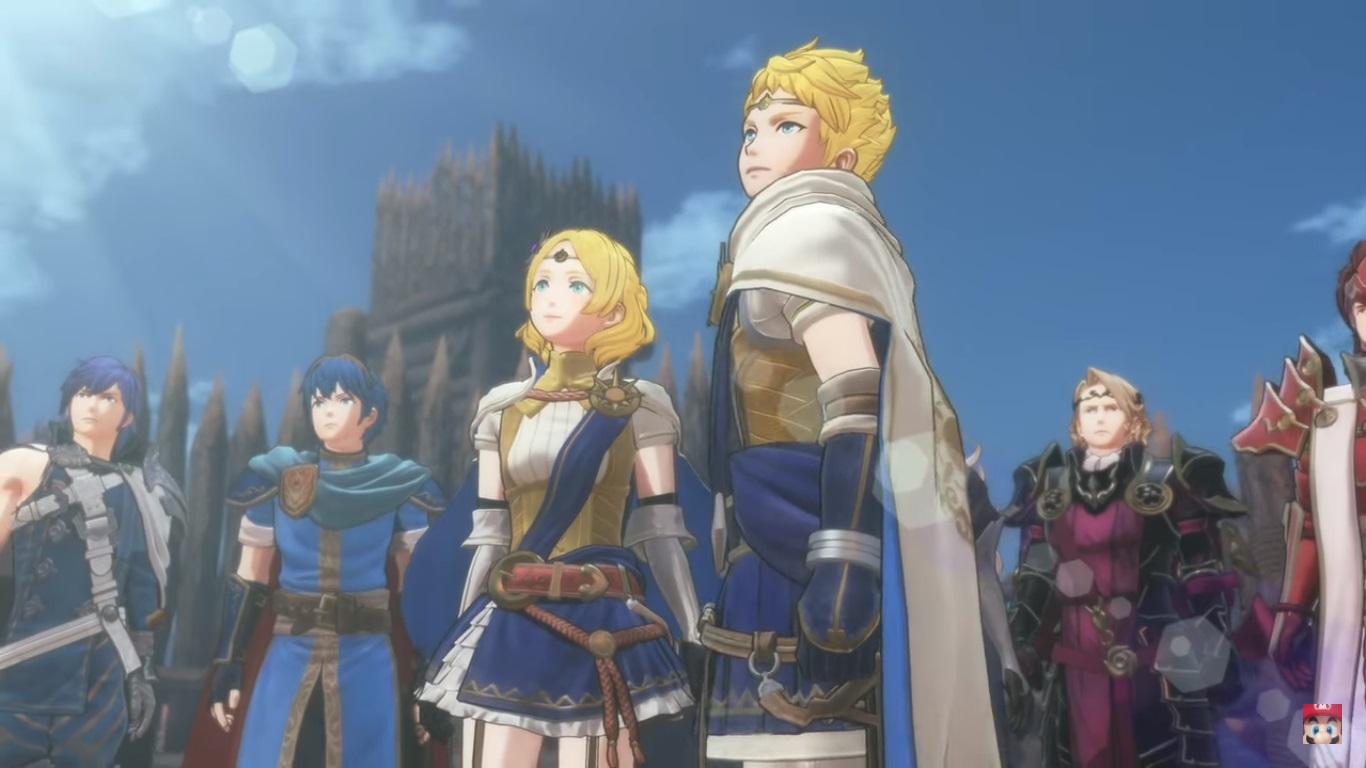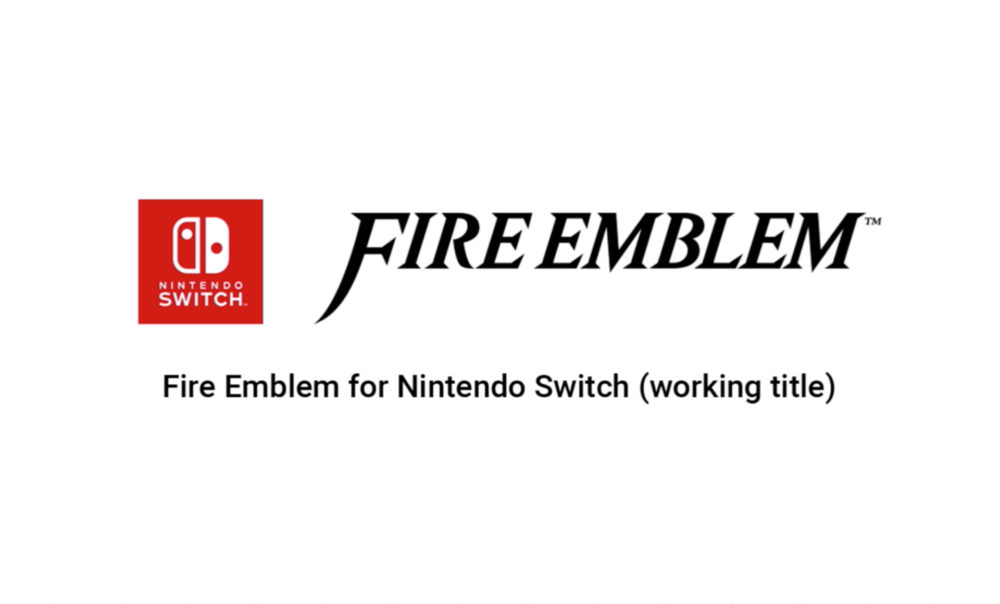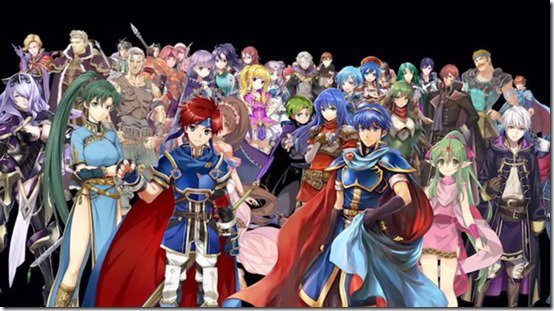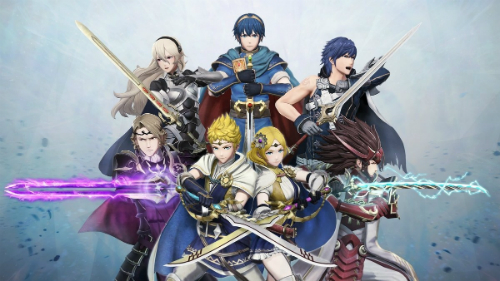
With the moderate success of Hyrule Warriors on the Wii U and Nintendo 3DS, many were left wondering if Nintendo and Koei Tecmo would produce a sequel or tackle a different Nintendo/Warriors spin-off. It may have been a surprise for some when Nintendo announced Fire Emblem Warriors in January this year, though given the franchise has increased in popularity in recent times this did make sense from a business standpoint. Providing you can accept it as an action game with strategic elements rather than a full blown turn-based strategy title, Fire Emblem blends considerably well with the Warriors games. However, there are just a few gripes that prevent Fire Emblem Warriors from being a standout title on the Nintendo Switch.
Fire Emblem Warriors introduces twins Rowan and Lianna to the franchise. The twins are heirs to the throne of Aytolis, which one day falls under attack by monsters. They receive the Fire Emblem from their mother before being separated from her, and later come to realise that an evil dragon named Velezark is about to be revived by a rival kingdom. The pair must seek the aid of kingdoms from other dimensions (mostly from Fire Emblem: Shadow Dragon, Fire Emblem Awakening and Fire Emblem Fates) and power up the Fire Emblem to restore peace. If you’ve played Hyrule Warriors or even other Warriors spin-off titles such as Dragon Quest Heroes, then the plot isn’t going to surprise you. It largely serves as an excuse for characters from different games to come together; combining their forces to take on a powerful new enemy. The story is told mostly through conversations between 2D drawings of the characters, with occasional in-game movies highlighting some of the more exciting moments on the battlefield.
Despite the Warriors games being largely regarded as mindless button mashers, each iteration does have minor strategic mechanics and Fire Emblem Warriors ups the ante. At the start of each battle you’re taken to a grid-like map which is presented similarly to traditional Fire Emblem titles. This gives you a general overview of the coming battle including unit locations and main objectives. Players are told what automated orders units will be following when they start the battle, but do also have the ability to change them. For example, if a unit is defending you can direct it to attack a fort or an enemy. At anytime during battle you can also pause the game and issue new commands to better suit the changing scenario. Traditionally, the AI in Warriors titles hasn’t been the most reliable when issuing orders, yet here you don’t have to babysit units and can trust they will follow orders and not get stuck between objectives. Conversely though, after finishing a task at times characters will just stand around not doing anything, prompting you to have to issue new orders to keep the ball rolling.
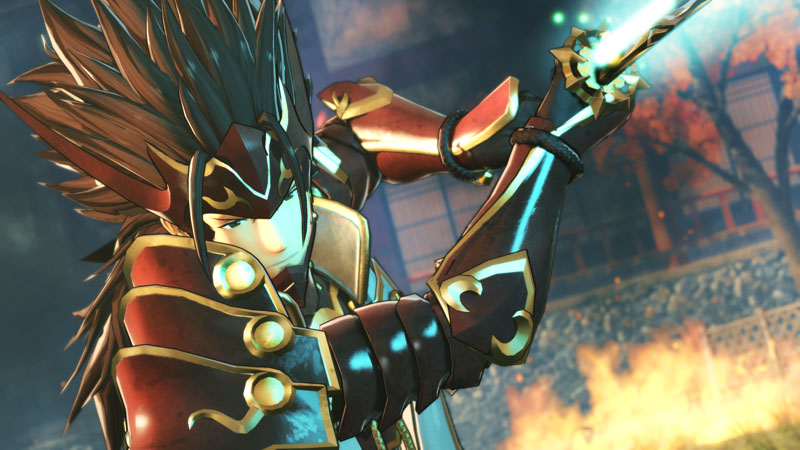
Combat is fairly standard. You control one of 25 playable Fire Emblem characters and take to the battlefield mowing down hundreds of enemies, capturing enemy forts by defeating the captain, and eventually defeat the opposing army’s leader. Your character is armed with strong and weak attacks which can be strung together to unleash different combos, and you can also perform a dodge maneuver. Characters also have a special attack meter that, once full, allows them to unleash a strong powerful barrage of attacks which cause higher damage to opponents – the equivalent of a musou attack in other Warriors games.
Much like the mainline Fire Emblem games there’s a weapon triangle system that determines which units have an advantage over others. Sword wielders have an advantage over axe wielders, axes are stronger against lances, and lances are stronger against swords. This not only dictates the amount of damage units will receive, but also how often stun opportunities will arise. If you have the weapon advantage then you will make fast work of an opponent, but if you’re at a disadvantage you better be utilising that dodge ability. Similar mechanics have been in other Warriors titles, but this is the first game where I have actually felt it make a difference and forced me to rethink my strategies.
The novelty of course comes from playing as established Fire Emblem characters and using their different playstyles. Chrom and Lucina have distinctive acrobatic sword movements, often jumping into the air and landing with a powerful strike. Frederick is on horseback, complete with charging and melee attacks. And yes, you can even fight on the back of a pegasus as Corelia and Hinoka, juggling enemies into the air and accessing pathways that are inaccessible to other characters. One drawback is that several characters feature cloned movesets, which is disappointing as they lose their uniqueness. It can be argued that this has been implemented due to having the option of making character deaths permanent in the story mode (just like the mainline Fire Emblem games), ergo you will have to replace units if one should fall. Ultimately though it feels like a cheap way to add a few extra characters to the roster. This isn’t helped by the fact each character needs to be leveled up separately, including unlocking ability trees and weapons. It can get very grindy.
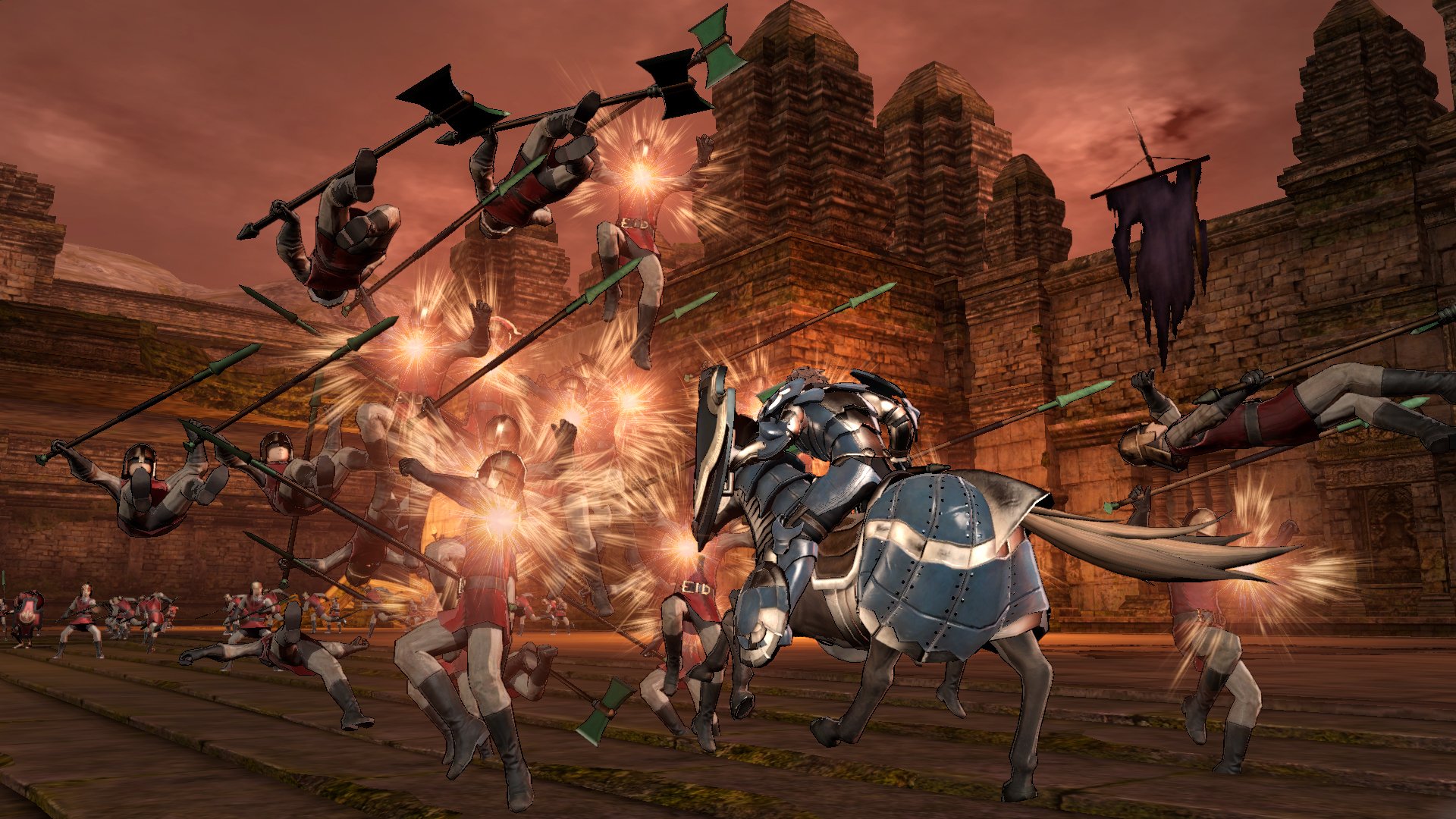
A mechanic that has been introduced to the Warriors games in recent years is the ability to switch between multiple characters completely on the fly mid-battle. In Fire Emblem Warriors you will be able to switch between up to four characters seamlessly, allowing you to cover more ground without having to backtrack between areas. This speeds up battles and allows for larger maps. It’s a shame then that the mini map is over cluttered making it difficult to know where your playable characters are located, let alone multiple objectives. This becomes a problem when you’re given a new objective mid-battle, seeing you waste valuable time while frantically switching between characters and working out where they’re located. It hurts the overall flow of combat and is particularly bad when playing in the Switch’s handheld mode.
As with all Warriors games there is noticeable pop in for enemy units. This mostly occurs in bigger areas where the Switch has to draw a lot more visuals in the one hit, but it never comes across as annoying or hurts the overall flow of combat. In fact the Switch holds up well to the pressure of animating dozens of units on the screen at once, with little to no slowdown occurring (at least in single player).
There is an option to pick Presentation or Performance modes in the settings menu. Presentation mode will focus on providing the best possible visuals including bumping up the screen resolution to 1080p. Performance mode drops down the resolution and increases the frames per second. For single player the difference isn’t too noticeable so you will likely want to keep Presentation mode active. For splitscreen co-op multiplayer however, it’s ideal to favour the Performance option as it isn’t uncommon for the framerate to take dips whenever the action intensifies. More games could certainly benefit from this option and it’s a nice little inclusion for tech savvy gamers.
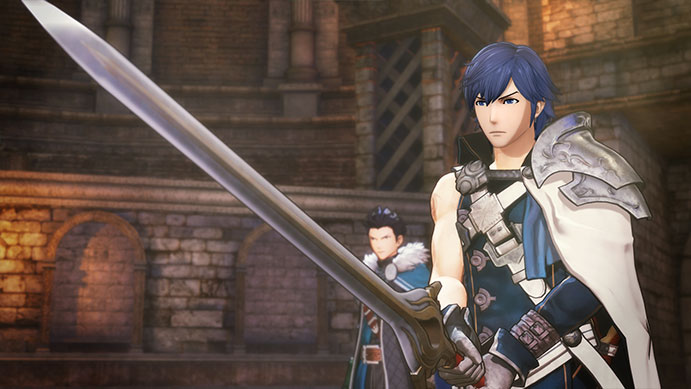
Aside from the main story there is also a History mode which is similar to Hyrule Warrior’s Adventure Mode. Here you are presented with a map grid that recaptures significant moments from previous Fire Emblem games. You merely select the enemy units on the map to play a smaller stage/scenario, offering up some interesting twists on the standard gameplay as well as collectible Master Seal rewards which are used to power up characters. There is a significant amount of content on offer here that will keep you occupied well after completing the main story.
Fire Emblem Warriors features heavy voice acting, ranging from cutscenes to just general chatter on the battlefield. By default the dub is in English but enthusiasts will be pleased to know you can download the Japanese audio from the Nintendo eShop for free. The actual voice acting is solid, though often on the battlefield characters will constantly remind you of objectives which can get a bit frustrating. Visually, Fire Emblem Warriors makes use of cel-shaded graphics which are pleasing to the eye and make the game pop with colour and flare. The animation is gorgeous and gives justice to the IP.
While Fire Emblem Warriors will appeal to fans of Fire Emblem or Koei Tecmo’s other Warriors titles, there’s a lot of minor gripes that prevent the game from being a true standout in the Switch’s library. There are several characters with cloned movesets, the map is over cluttered making navigation difficult, the game can feel grindy at times, the story is lackluster and characters will annoyingly repeat mission objects over and over again. Certainly though, the game is still enjoyable and is a quality product.
- Weapon triangle system has been implemented well - Solid English and Japanese audio dubs - Lots of content on offer
- Lackluster story - Over cluttered mini map - Cloned move sets between characters

